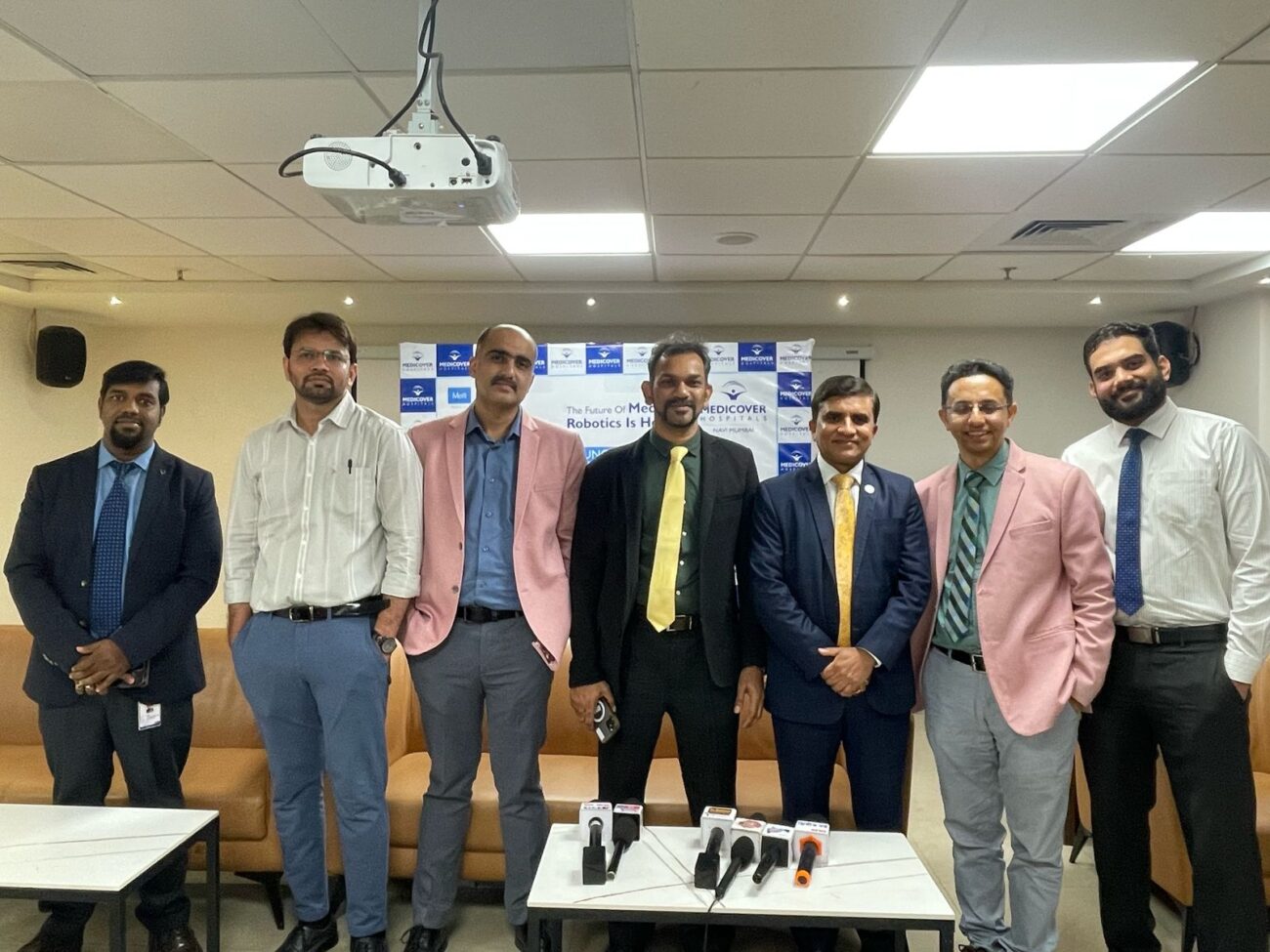Dr. Rahul Shetty, Consultant – Plastic & Reconstructive Surgeon, Manipal Hospitals, Hebbal
DR. RAHUL SHETTY

DR. RAHUL SHETTY….
Manipal Hospital, Hebbal has successfully managed three serious instances of leg injury cases with the help of the experts. Leg injuries can be a common occurrence for people who are athletes or work in jobs that require handling heavy machinery or equipment. These injuries can range from minor sprains and strains to more severe fractures.
There are two major categories of work-related leg injuries. The first category includes injuries from punctures, crushing, sprains, and lacerations (cuts). The second group of injuries includes those resulting from slips, trips, and falls. Slips and falls do not always result in injury, but a lack of attention to foot safety contributes to their occurrence.
Given the growing number of foot injury cases, we should focus on maintaining leg safety measures to prevent leg injuries. We may not realize the importance of treating any foot injury, but if it is not treated properly, it can cause lot of morbidities.
Commenting on the facts Dr. Rahul Shetty, Consultant – Plastic & Reconstructive Surgeon, Manipal Hospitals, Hebbal, said, “Foot injuries always remain neglected and usually end up in amputation of the foot. But with the latest micro vascular technique, even the worst injuries to the foot can be salvaged. The main goal in foot injuries is to ensure that they get back on their feet.”
In this instance, the first case was working in a factory when his leg got stuck in machinery and his foot was crushed. After initial resuscitation, he was taken up for emergency debridement and cleaning, and following that, he was taken up to cover the crushed foot. A microvascular anterolateral thigh flap was done for the plantar aspect of the foot, and a skin graft was done for the dorsum (a portion of the skin was taken from the thigh and was used to reconstruct the crushed foot). In the second case, the patient suffered an injury at the workplace when a heavy weight fell on his leg and chopped off a part of his forefoot. Also, in this case, a debridement-free anterolateral thigh flap was performed. In the third case a diabetic elderly individual met with a road accident. His heel pad was injured, and to fix that, debridement and a RSA (Reverse Sural Artery) flap (a portion from behind the leg is taken to cover the injured heel) was performed.
Dr. Rahul Shetty, added, “It is important to follow some necessary measures whenever we find a person with an injury, especially of the lower limb: splint the injured leg, try to arrest the bleeding, put on a bulky dressing to reduce blood loss, elevate the limb to reduce swelling and discomfort, and shift the patient to a specialized centre as soon as possible. Do not ignore the pain; if the pain becomes severe, seek immediate medical support. Also, it is better to avoid ligation of the vessel as well as amputation of the limb without any consultation. It is always recommended to consult an expert and proceed with the treatment.”
Usually, construction workers are at high risk of foot injuries from falling objects, stepping on sharp or heavy objects, and slipping, tripping, and falling. Also, workers in manufacturing plants can sustain foot injuries from operating heavy machinery, moving equipment, and falling objects. Even farmers and agricultural workers are at risk of foot injuries from heavy machinery and equipment and from sharp tools and objects. Workers in the transportation industry, including truck drivers, and delivery personnel can experience foot injuries from slips, trips, and falls, as well as from loading and unloading heavy cargo.
Overall, foot injuries can occur in almost any industry, and it’s important for employers to take measures to prevent them, such as providing appropriate personal protective equipment, training employees on safe work practices, and maintaining a hazard-free workplace. To avoid any kind of leg injury, following all the necessary safety guidelines at the workplace is highly recommended. Also, one should make sure that their feet are not exposed to any moving machinery. It is advised to wear good footwear with a good grip, and adequate precautions must be taken when lifting weights to prevent workplace accidents. Also, with the development of advanced surgical repair techniques and reconstructive technology, cases that once required amputation can now be salvaged with appropriate management; hence, it is recommended to consult an expert at the earliest for better recovery.






